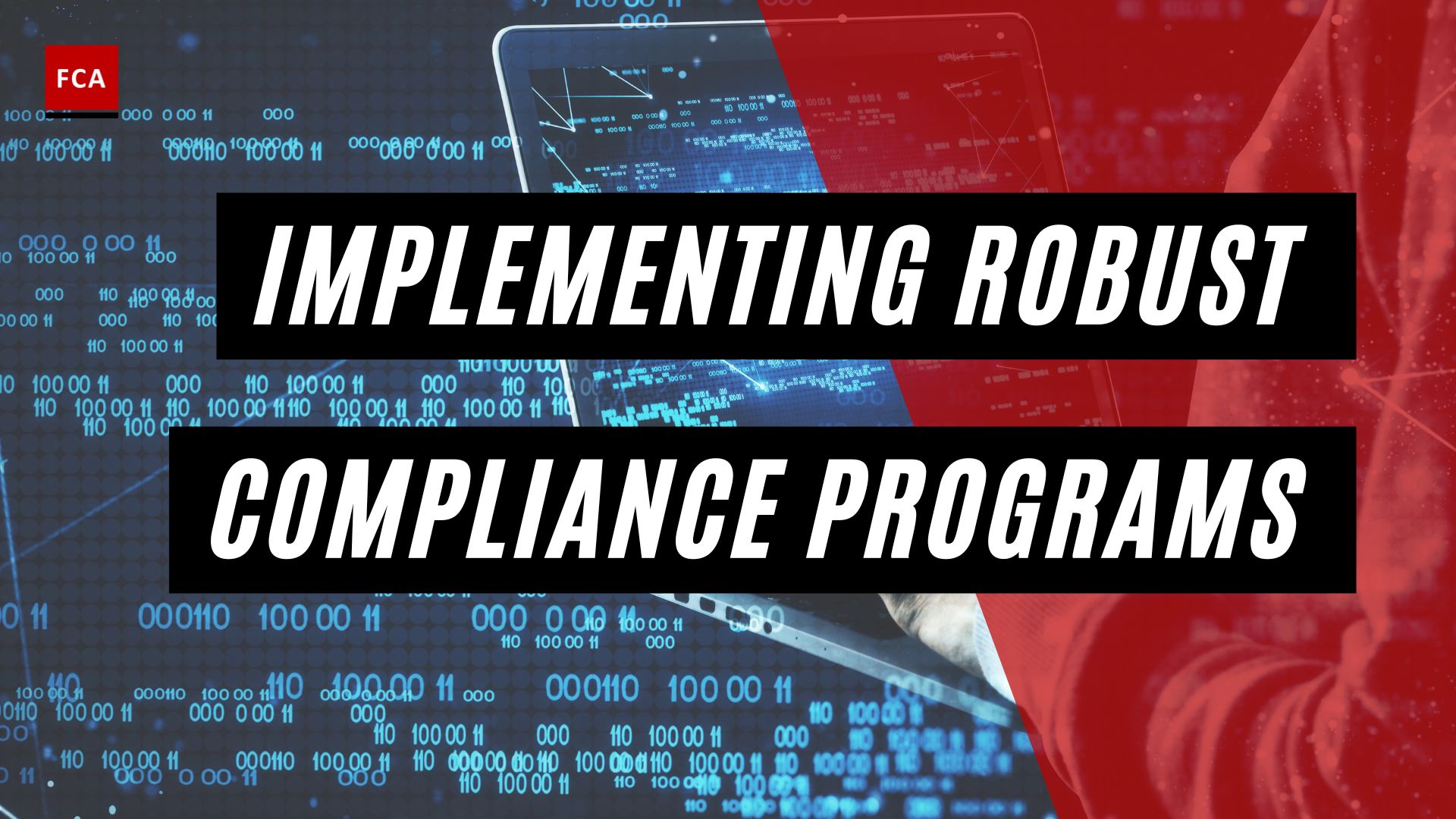Understanding the basics of blockchain is essential for anyone looking to navigate the modern digital economy, as it underpins the security and transparency of countless contemporary financial and data transactions.
What is a blockchain? Imagine a book—a ledger of sorts—where you write down everything important. But this is no ordinary book. Once written, the words can’t be erased or changed. And this book isn’t in your drawer; it’s in a public library for everyone to see and verify. This is the blockchain—a transparent, unchangeable ledger where digital transactions are recorded.
Conceived in 2008, blockchain technology was the brainchild of a person (or group of people) named Satoshi Nakamoto. With its decentralized and secure nature, blockchain was the technology that underpinned Bitcoin, the first cryptocurrency. Since then, blockchain has grown beyond Bitcoin, becoming a revolutionary technology that promises to reshape various sectors, from finance to healthcare.
Now, what makes blockchain different from traditional databases? Both are ways to store information, so how are they dissimilar?

Understanding the Basics of Blockchain
Think of a traditional database like a bookshelf in your study. You have complete control. You can add, change, and remove books at will. On the other hand, blockchain is like that public library I mentioned earlier. Once a book (transaction) is added, it’s there for good. This permanence is one of the blockchain’s most distinguishing features—referred to as ‘immutability.’
There are other differences too. Traditional databases are centralized, usually controlled by a single entity, such as a company or a government. They are like kings of their kingdom, deciding who gets access, and who can add or delete data. In contrast, blockchain is decentralized. No one person, organization, or government has control over the entire network. Rather, multiple participants (nodes) verify and uphold the integrity of the blockchain.
Now that you have a basic understanding of blockchain and how it compares to traditional databases, let’s dive into the two main types of blockchains: public and private.
You’ve already got a sneak peek into the concept of a public blockchain. It’s like a public library, where anyone can read and add information. Public blockchains are transparent, open to anyone with an internet connection. Bitcoin and Ethereum are classic examples of public blockchains. They uphold the democratic spirit of decentralization, offering a level of transparency unmatched in traditional systems.
On the other hand, private blockchains are like members-only clubs. Access is granted only to specific individuals or entities. They’re typically used by businesses that want to leverage blockchain’s benefits—like improved traceability and security—while maintaining control over who can access the network.
While private blockchains may seem to contradict the decentralization ethos, they serve an important purpose. Certain data is sensitive and needs controlled access. For such cases, a private blockchain is a perfect solution. It provides a mix of blockchain’s benefits along with the control typically associated with traditional databases.
As we wrap up this lesson, let’s summarize what we’ve learned. You now understand the fundamental concept of blockchain as a permanent, transparent ledger for recording digital transactions. You’ve compared blockchain to traditional databases, appreciating their differences and unique advantages. You’ve also explored the world of public and private blockchains, understanding their distinctive characteristics and use cases.
Each of these insights is foundational to your understanding of blockchain technology and will serve as pillars supporting your knowledge as we venture deeper into blockchain’s components, applications, and implications. It’s an exciting journey ahead, so take a moment to appreciate what you’ve learned today—it’s the first significant step in becoming proficient in blockchain technology.
Remember, in a world where technology is rapidly evolving, understanding a revolutionary concept like blockchain sets you apart. It equips you to not just understand the technology driving future innovations, but also to potentially contribute to this exciting field.

Final Thoughts
Blockchain, often hailed as the cornerstone of future technological advancements, transcends its foundational role in cryptocurrency. Its immutable, transparent ledger system offers both the permanence of public libraries and the selectiveness of private memberships, marrying the ideals of decentralization with the practicalities of controlled access. As we navigate an era marked by rapid digital innovation, comprehending the nuances of blockchain not only offers a glimpse into forthcoming transformations but also empowers us to be active contributors in shaping this intriguing frontier.









